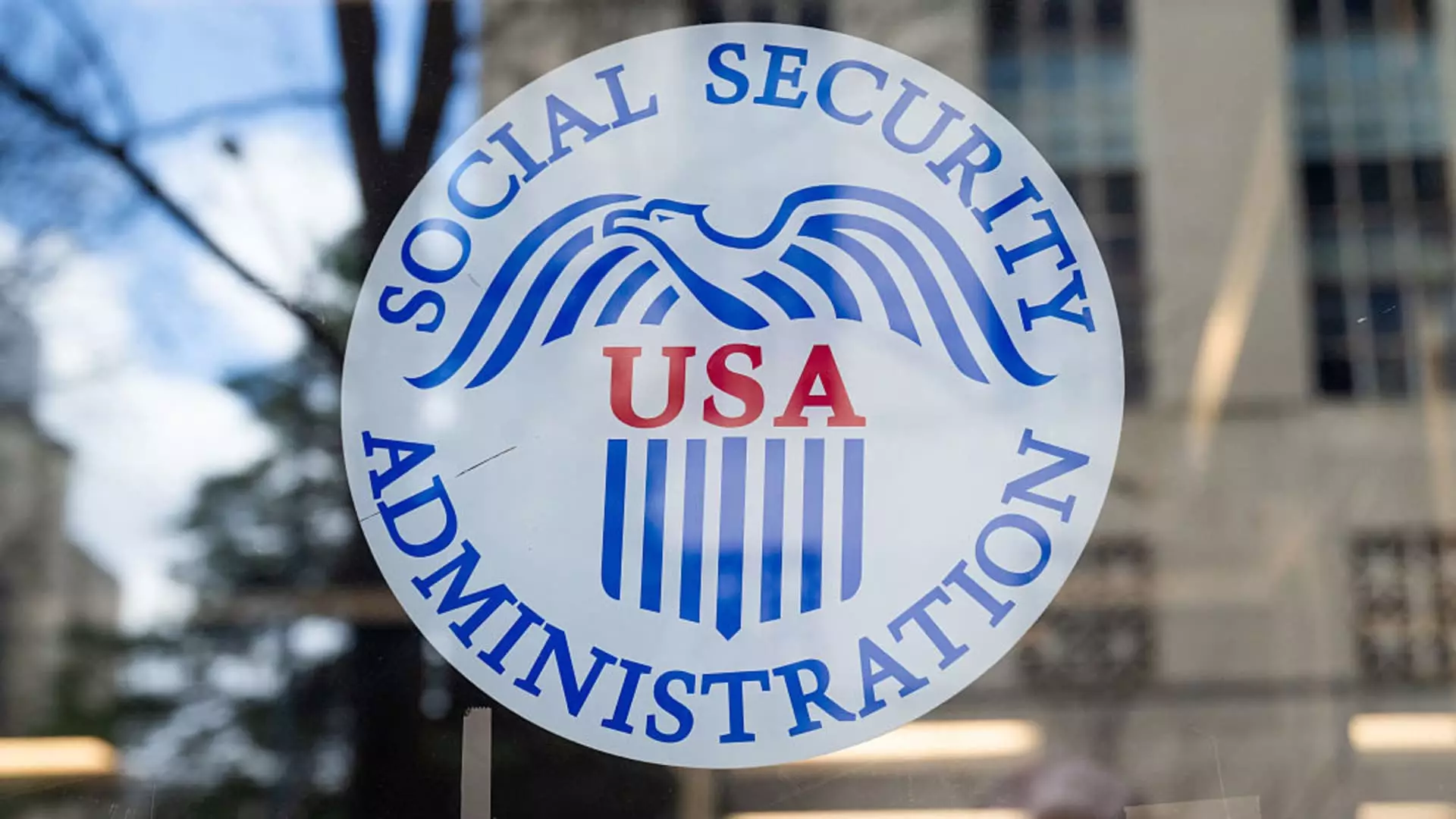The Social Security Administration (SSA) is navigating uncharted waters, and the changes being implemented by President Donald Trump’s so-called Department of Government Efficiency (DOGE) have raised significant alarm bells for beneficiaries and advocates alike. What was once a relatively stable program designed to provide essential financial support to millions is now at risk of disruption due to swift and perhaps reckless alterations; the effects could be dire for those who depend on these benefits. Amidst promises of “not touching” Social Security benefits, the reality is markedly different: access to these vital services may soon become increasingly labyrinthine, leaving many struggling or entirely cut off.
As Jason Fichtner, a former deputy commissioner at the SSA, pointedly stated, these changes threaten the very continuity of benefits that millions have come to rely on. The recent cut of 7,000 employees and the closures of regional offices raise serious concerns about the agency’s capability to maintain adequate service levels. It’s not hyperbole to say that lives might literally be at risk—not just due to bureaucratic inefficiency, but because delays could mean the difference between survival and hardship for many, especially those with disabilities.
Code Red: The Programming Disaster Looms
One of the most alarming aspects of these sweeping changes is the plan to transition “tens of millions of lines of code” written in COBOL in a compressed timeline, a task deemed by many as not merely ambitious but downright reckless. Fichtner’s concern is not without merit; altering foundational code without thorough testing and an understanding of the underlying complexities could prompt unintended consequences that affect current beneficiaries. The nature of such a transformation usually requires years of phased implementations and smaller-scale tests—not haphazard rolling out within months.
By forcing such an accelerated timetable onto an inherently complex system, DOGE risks causing cascading failures, potentially leaving beneficiaries without their much-needed benefits. Fichtner’s observation that one cannot “just flip a switch” sufficiently captures the gravity of this issue. Yet, those at the helm of these changes appear to be misunderstanding the basic tenets of effective governance in their quest for efficiency.
Misplaced Priorities: Fraud vs. Fundamental Viability
While the intention to reduce fraud within the SSA may seem commendable, experts argue that the focus is misguided. The reality is that the solvency of the Social Security program faces more significant threats—namely the impending depletion of its trust funds. If DOGE’s efforts jeopardize the infrastructure of the SSA, it may distract from the pressing need for broader reforms that could ensure the program’s sustainability. Experts, including Romina Boccia from the Cato Institute, emphasize the irony: a seemingly well-meaning initiative could, in fact, derail necessary adjustments to Social Security at a time when the stakes couldn’t be higher.
As it stands, the projected depletion date for the Social Security Trust Fund looms large on the horizon. With estimates signaling depletion as early as 2033, the urgency for Congress to take a hard look at the program’s financial footing has never been more pronounced. Enhanced administrative efficiency, highlighted by mere budget cuts in an already minuscule fraction of SSA’s spending, pales in comparison to the existential threat posed by the looming fiscal crisis.
Public Sentiment and Trust Erosion
This cavalcade of changes undoubtedly casts a shadow over public trust in an institution that has historically been a safety net for the vulnerable. The erosion of confidence is palpable; for many, the SSA is synonymous with security and stability. When beneficiaries start questioning their access to benefits, the ripple effects can be devastating. The fear of complications may deter eligible individuals from even attempting to access lifesaving aid.
Moreover, the administrative cost-cutting measures seem unjustifiable given that they will not procure the significant fiscal savings proponents claim they will. With the administrative budget representing a mere 1% of total outlays, it is far from the solution to the broader challenges facing the Social Security system.
Americans deserve an equilibrium between efficiency and compassion—an acknowledgment that Social Security is not merely a bureaucratic exercise but an essential lifeline for millions of citizens. With the stakes this high, it’s crucial that we prioritize the health of the program over misguided administrative reforms that threaten its core mission. Survival, in this context, transcends mere numbers on a ledger; it is ultimately about human dignity and the assurance of a safety net that functions as intended.

